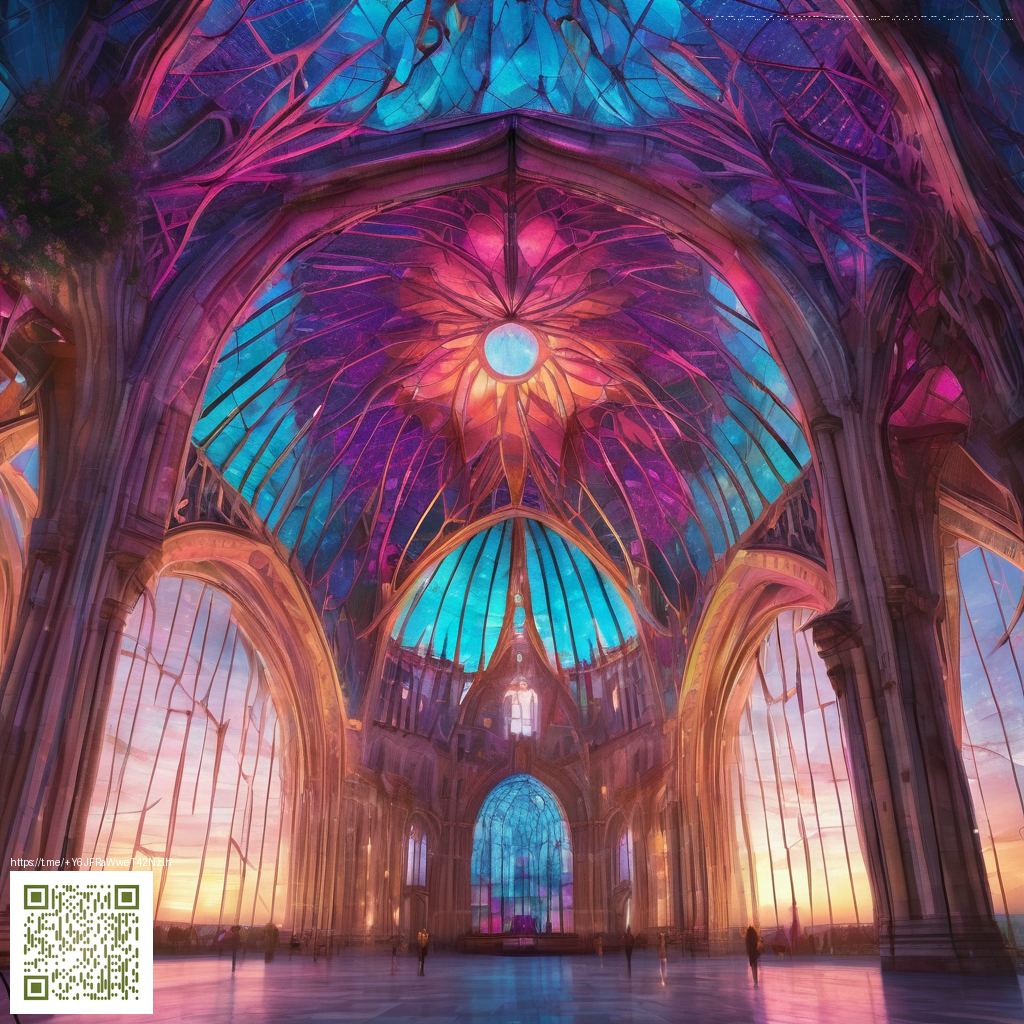
Blending Overlays with Digital Paper for Texture-rich Artwork
Textures tell stories. When you mix overlays with digital paper, you invite tactile depth into designs that might otherwise feel flat. This approach works across media—from posters and packaging to product visuals and social graphics. By balancing translucent overlays with the irregular charm of paper textures, you create surfaces that feel alive under light and touch.
Understanding overlays and digital paper
Overlays are translucent patterns, gradients, or graphic motifs that sit atop your base artwork. They can add glow, pattern, or color shifts without overwhelming the underlying image. Digital paper, on the other hand, refers to scanned or synthesized textures that mimic the randomness of real-world paper surfaces—grain, fibers, specks, and subtle creases. When combined, overlays interact with the paper texture to generate emergent details: a grain catches a highlight, a pattern refracts through a glossy layer, and color shifts reveal hidden warmth.
“Texture is a conversation between light, material, and memory—the overlay acts like a whisper of a story.”
Techniques to mix overlays with digital paper
Here are practical guidelines to get meaningful results without sacrificing readability or print quality:
- Start with a subtle base: choose a digital paper texture with gentle grain or fiber. It should support overlays without competing with them.
- Layer with intention: introduce 2–3 overlays at varying opacities. Use blending modes like Overlay, Soft Light, or Screen to weave the patterns into the paper texture.
- Match scale to the texture: align the overlay’s repetition to the natural scale of the paper grain. A misaligned tile can feel jarring, while a harmonious scale reads as a cohesive material.
- Calibrate color and brightness: adjust white balance and contrast so highlights on the overlay don’t wash out the texture, and shadows still carry depth.
- Plan for distribution across media: what reads well on screen might shift in print. Keep a test proof handy if you’re producing physical goods.
For designers exploring product visuals, this approach translates beautifully to tangible items. Consider a case study in which overlays and digital paper are applied to consumer hardware photography and branding. The Neon Slim Phone Case—Ultra-thin Glossy Lexan PC demonstrates how high-quality materials can reflect light and reveal texture when combined with layered graphics. You can explore the product page for more context: Neon Slim Phone Case product page.
Imaging and presentation tips
In portfolios and storefront imagery, presentation matters as much as the technique. Try these approaches:
- Capture with controlled lighting to emphasize gloss versus matte areas created by overlays.
- Include close-ups that show micro-texture details—paper fibers, specks, and subtle creases.
- Offer interactive or layered previews when possible, so viewers can toggle overlays and appreciate texture interplay.
“Texture is not just visual; it’s a perceptual cue that invites touch, whether real or implied.”
Digital tools remain invaluable for experimentation. Software like Photoshop, Affinity Photo, or Procreate allows precise control of multiple layers, opacity, and blending modes. If you’re seeking further inspiration, the page at https://y-landing.zero-static.xyz/6dddd271.html showcases recent campaigns that leverage overlays with paper-inspired textures to great effect.
Practical ideas to try now
- Overlay a delicate geometric pattern onto a scanned coffee-stained paper to evoke retro-futurism.
- Pair a metallic foil-like overlay with a soft, fiber-rich texture to imply premium craftsmanship.
- Layer a light watercolor wash over a digital-paper base to soften edges and add warmth.
Whether you’re crafting product visuals, editorial layouts, or art-driven branding, the synergy between overlays and digital paper offers a path to tangible, memory-rich design. This approach helps you move beyond flat color blocks and into textures that feel real—like they could be picked up, folded, or touched.